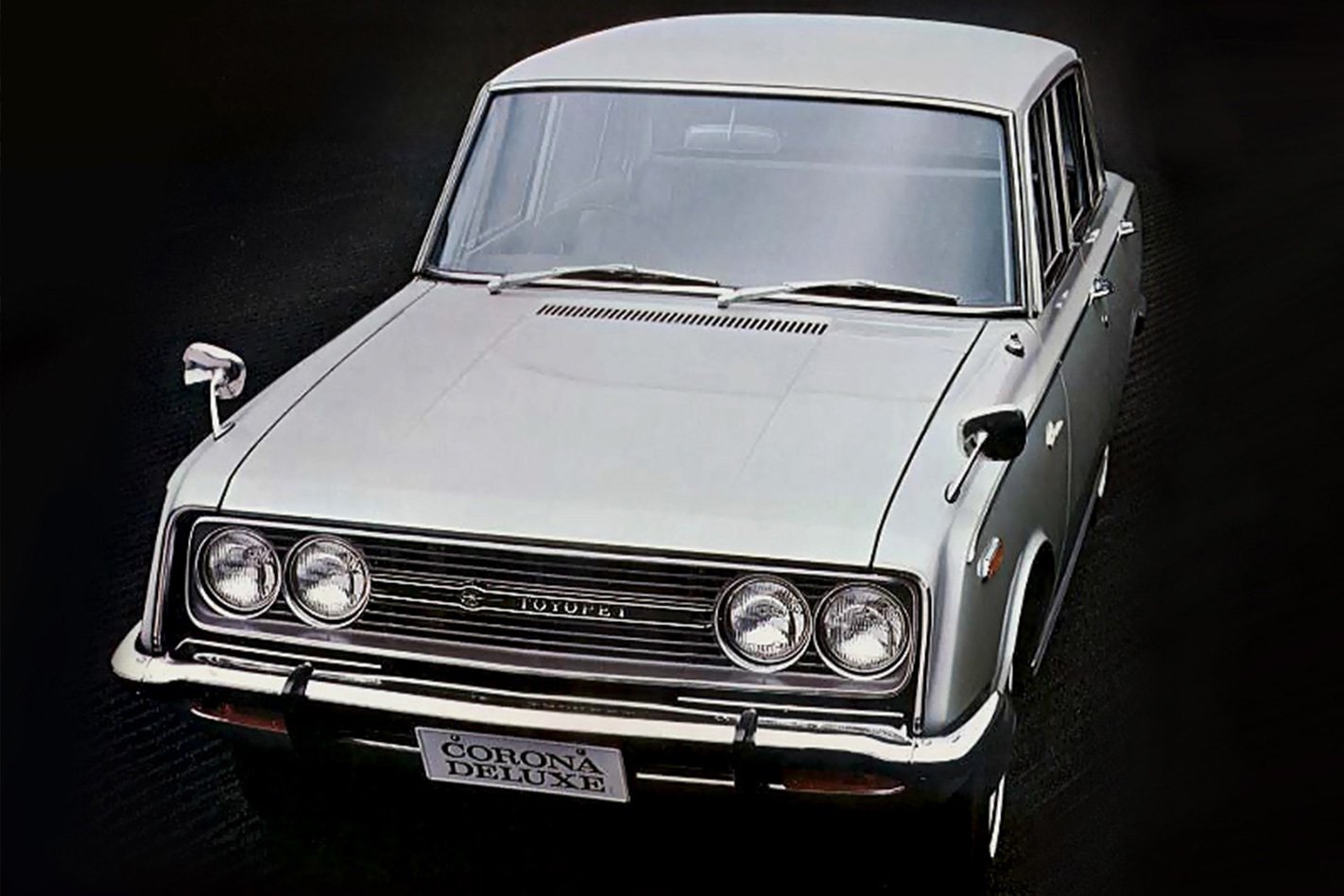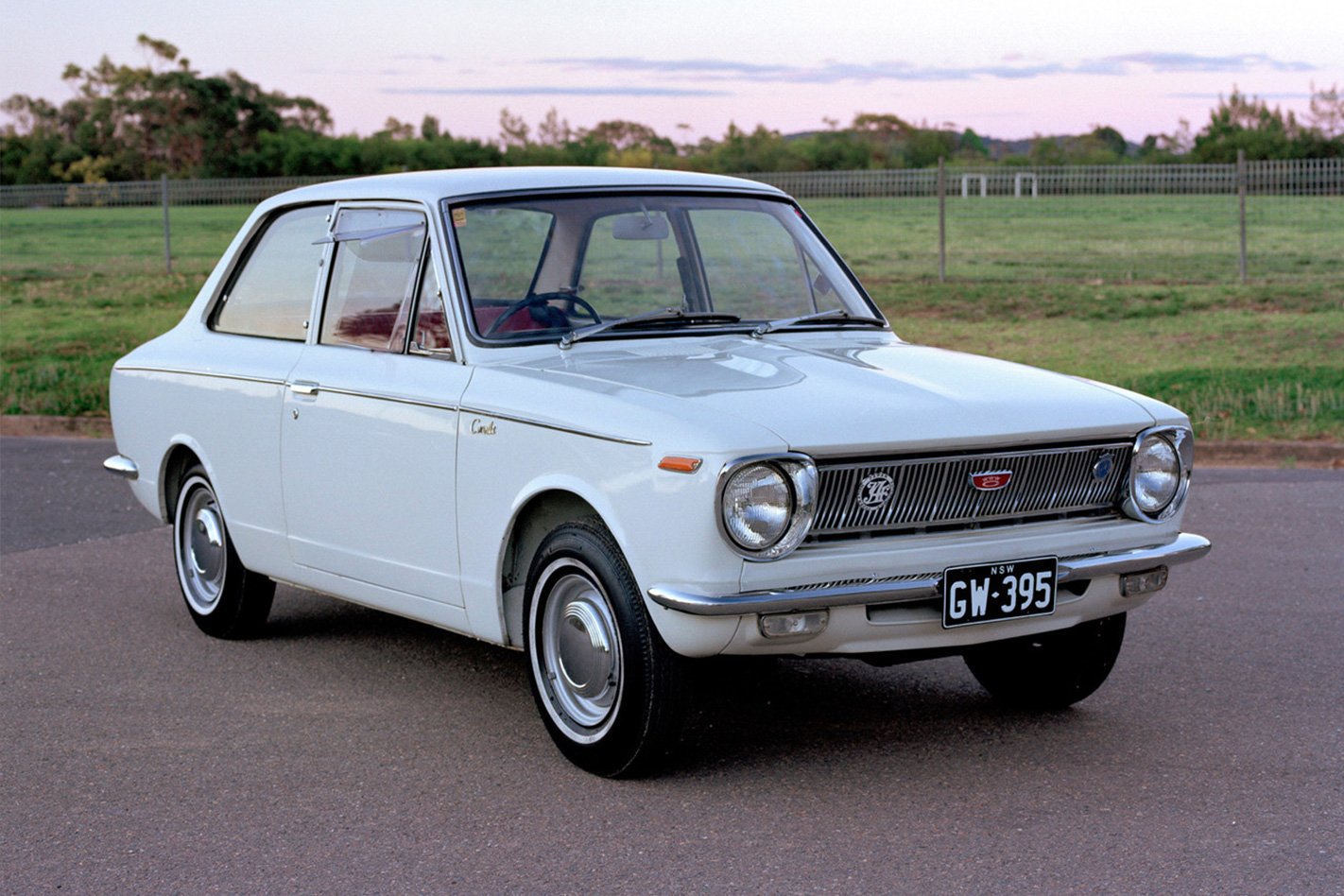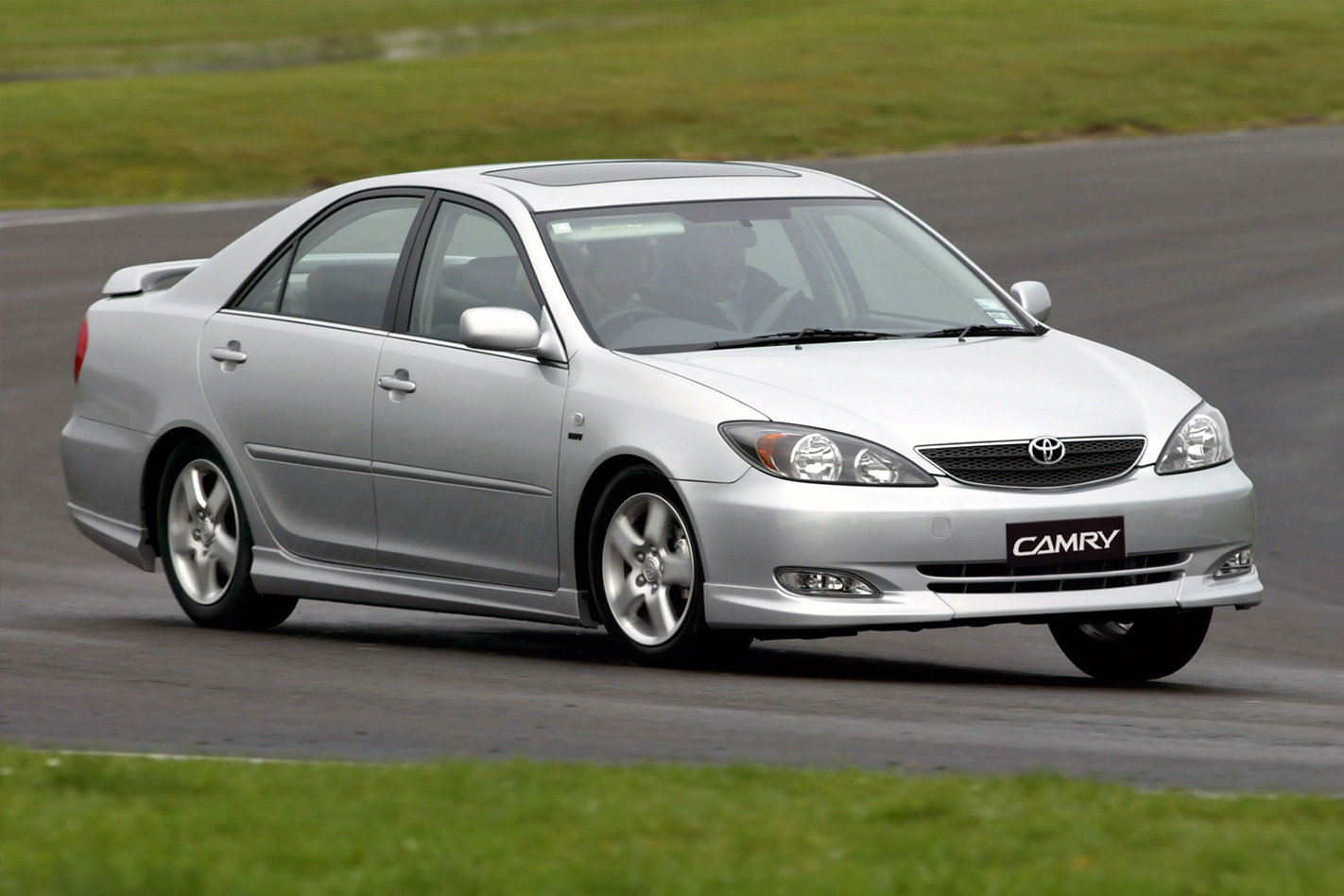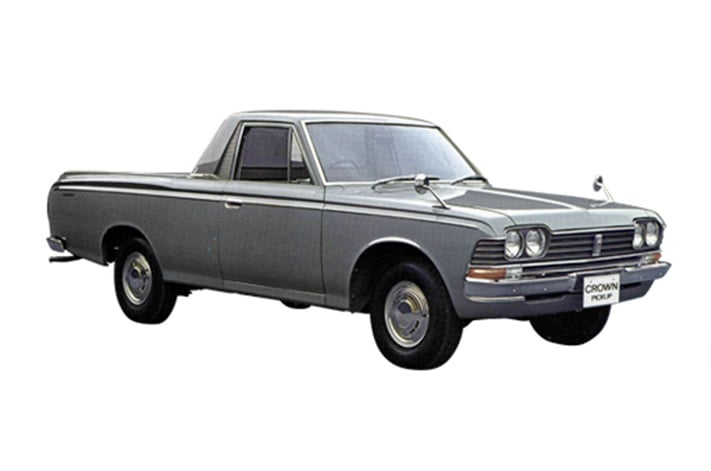BEIGE cardigan? Appliance on wheels? Uninspired?
Some Toyotas certainly deserve to cop a serve, but for every Avalon, Nagoya has provided a model that delivers driving nirvana, such as the Toyota 86, ’86 Celica and AE86 Levin/Sprinter/Trueno.
Not one of these is even remotely Aussie-made, but that’s not to say the Melbourne-based factory didn’t turn out some gems over almost 55 years of operation.

While the Pininfarina-assisted styling made it stand out, the real appeal lay in the Toyota’s dependable and user-friendly engineering, down to a slick manual column shifter and torquey 1.5-litre four-cylinder engine. Or, if you preferred, an incredibly smooth (but performance-sapping) two-speed Toyoglide.

Wheels went gaga for the KE10, revelling in its lusty performance and engaging handling. Sadly, later Aussie-built rear-drive Corollas lost the cheek of the Swinging Sixties original. It wasn’t until nearly a year after the series went front-drive in the mid-80s that the real jewel became apparent, courtesy of the 1986 AE82 Corolla Twin Cam 16.

The RT140 Corona from 1983, conversely, was almost the worst Australian-made Toyota ever, despite its angular contemporary styling and appealing dashboard presentation. Poor packaging, gruff engines (especially the agricultural 2.4), wayward handling and a punishing ride sealed the rear-drive family car swansong from Toyota as a complete turkey, way off the cracking pace set by Mitsubishi’s TM Magna.

The bloated design sat awkwardly over the narrower-than-intended track, since the Australian version of this American midsizer retained a smaller, earlier platform for cost-saving reasons. This may have also explained the twitchy handling. Meanwhile, extra kilos blunted any sense of oomph from the ageing 2.4-litre engine.
Aussie Originals
Crown Utility (1965-71) Toyota assembled the Crown locally to take on Holden and Falcon. The body-on-frame construction lent itself brilliantly to workhorse duties. The redesigned S50 from 1968 was reportedly created with Oz in mind. But Toyota pushed Crown upmarket in the 70s, leaving hauling to the Hilux.








